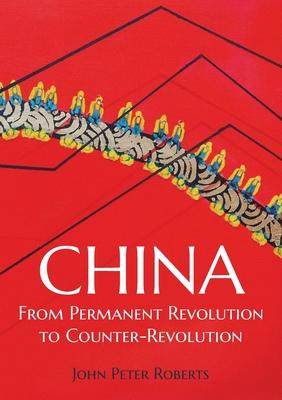This book answers the questions: - What was the class composition and class nature of the Chinese Communist Party when it took power in 1949? - What forces pushed the Mao regime, despite its explicitly class-collaborationist strategy, to take measures which were objectively socialist and to establish the Chinese workers' state? - The Chinese Revolution was a practical test of both Trotsky's theory of permanent revolution and Mao's theory of uninterrupted revolution by stages. Which theory matched reality? - The degeneration of the Chinese People's Republic has confirmed that without a political revolution, a Stalinist regime will inevitably return to capitalism, but how did that process unfold? The author also argues that the policies adopted by the Chinese Communist party towards women were a direct measure of its revolutionary commitment. Throughout the book, how the activities of the CCP impinged upon the mass of Chinese women is used as a measure of its socialist credentials. This book also describes how the return to capitalism has meant that many of the gains made by Chinese women have been, and are being, taken away.

China: From Permanent Revolution to Counter-Revolution
This book answers the questions: - What was the class composition and class nature of the Chinese Communist Party when it took power in 1949? - What forces pushed the Mao regime, despite its explicitly class-collaborationist strategy, to take measures which were objectively socialist and to establish the Chinese workers' state? - The Chinese Revolution was a practical test of both Trotsky's theory of permanent revolution and Mao's theory of uninterrupted revolution by stages. Which theory matched reality? - The degeneration of the Chinese People's Republic has confirmed that without a political revolution, a Stalinist regime will inevitably return to capitalism, but how did that process unfold? The author also argues that the policies adopted by the Chinese Communist party towards women were a direct measure of its revolutionary commitment. Throughout the book, how the activities of the CCP impinged upon the mass of Chinese women is used as a measure of its socialist credentials. This book also describes how the return to capitalism has meant that many of the gains made by Chinese women have been, and are being, taken away.